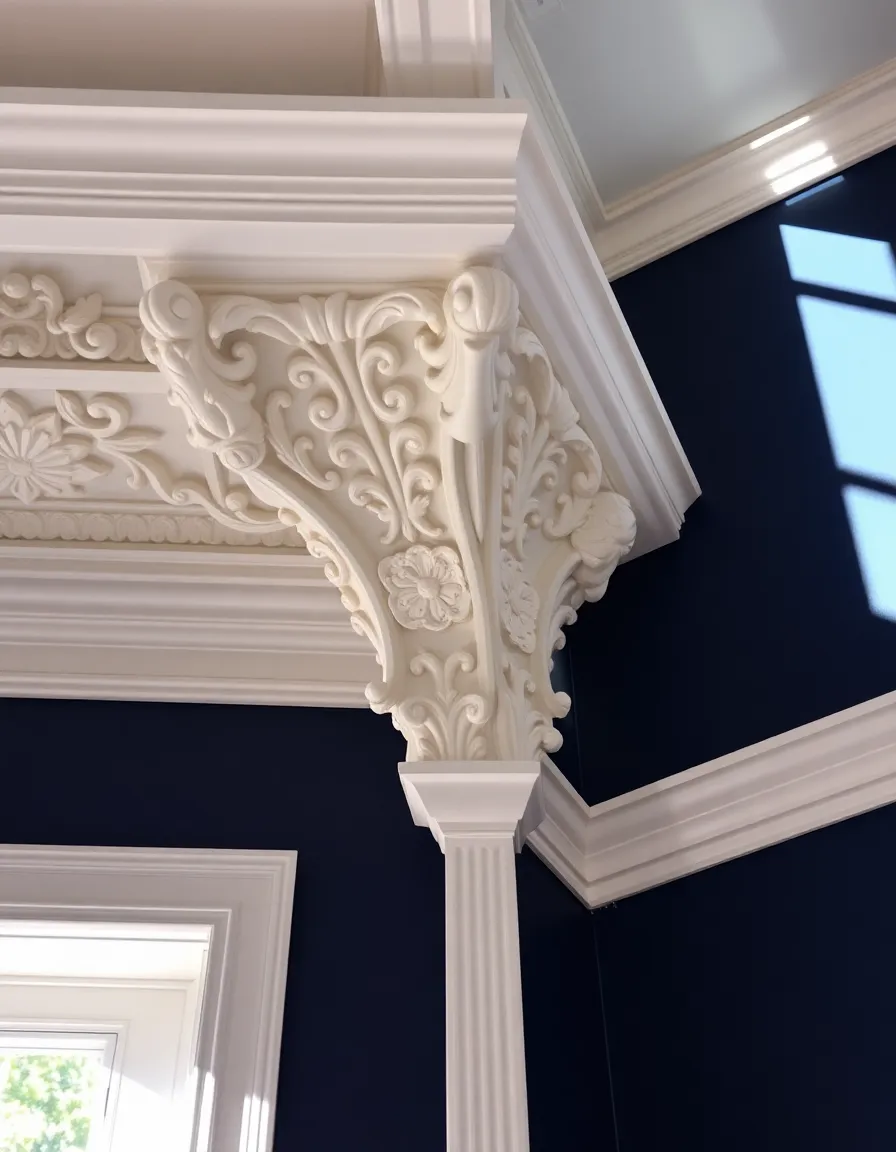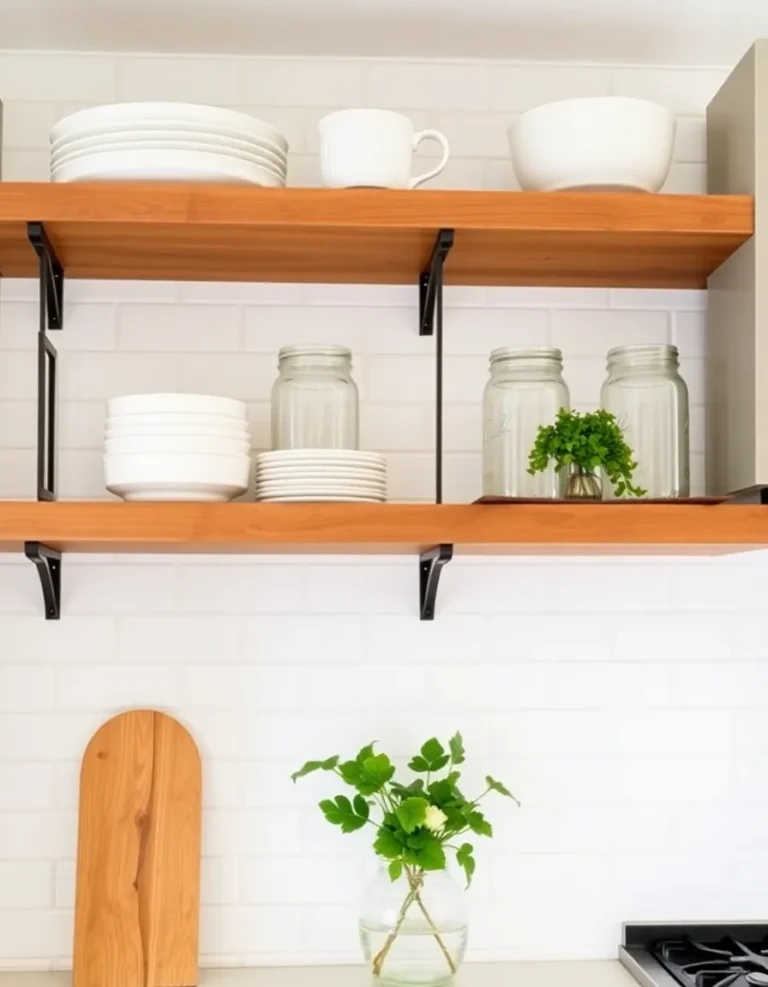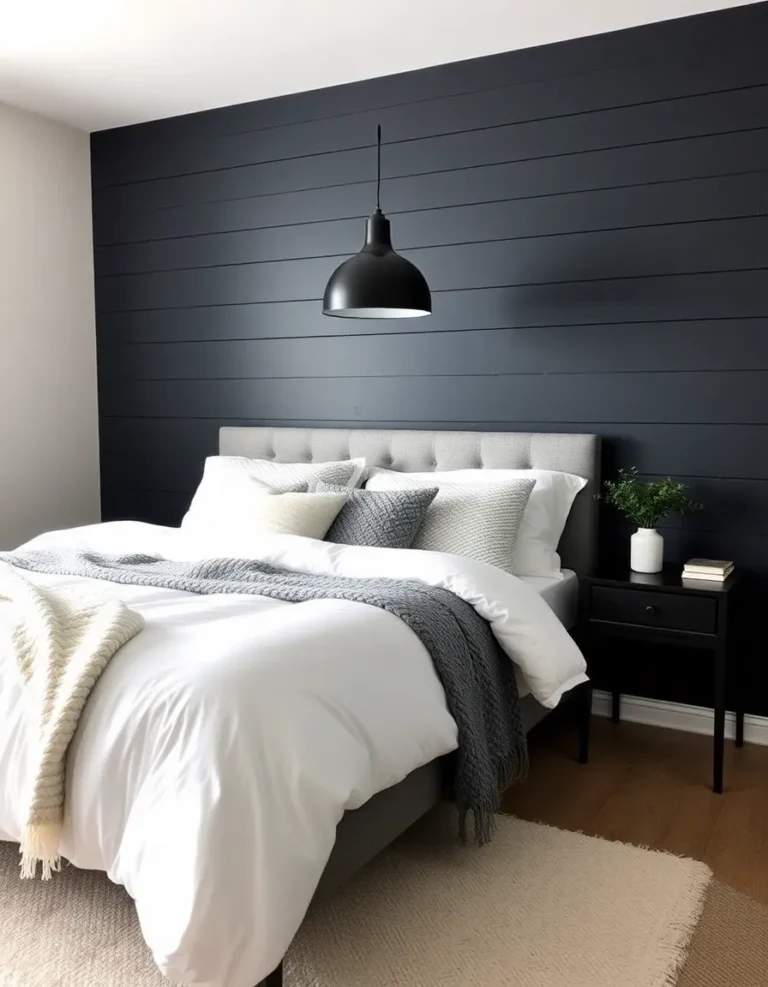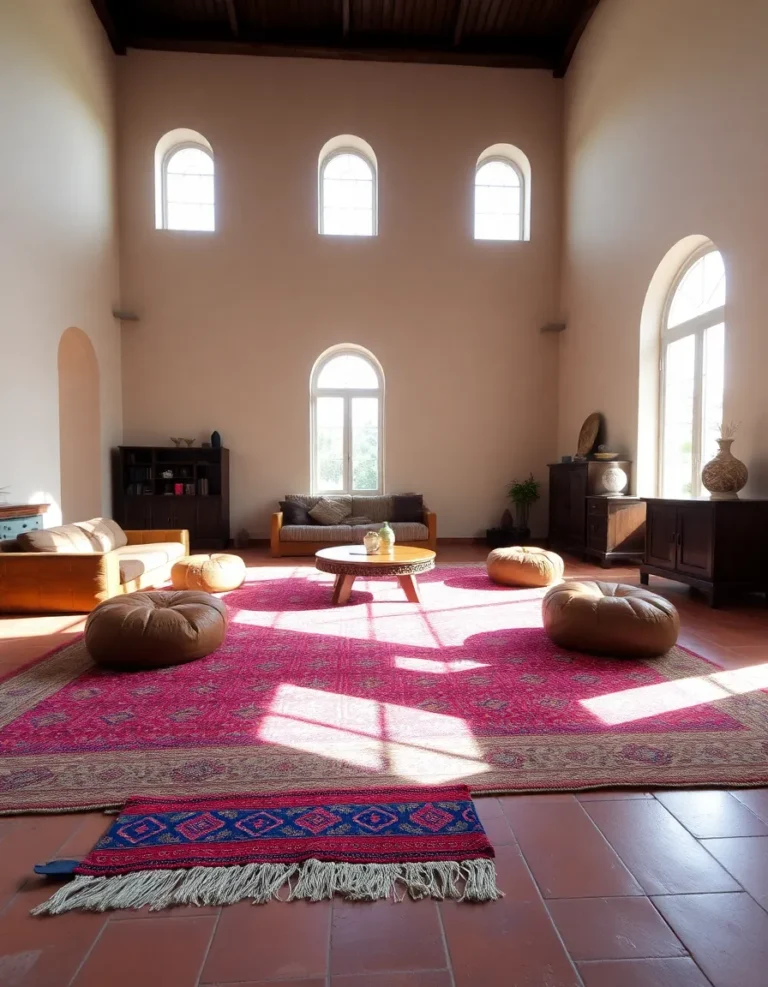Key Interior Features of Victorian Homes: Molding, Ceiling Medallions & Woodwork

Ever walked into a Victorian home and felt like you’ve stepped into a time machine? The intricate woodwork, the dramatic ceiling medallions, the molding that could make a modern carpenter weep—these homes are basically the Beyoncé of architecture: extra in all the right ways. If you’re like me, you’ve probably spent way too much time staring at these details, wondering how anyone had the patience (or the budget) to pull them off. Well, today we’re diving deep into the key interior features that make Victorian homes so darn irresistible: molding, ceiling medallions, and woodwork. Whether you’re restoring an old gem or just daydreaming about one, this guide will give you all the juicy details.
Now, I know what you’re thinking: “Why should I care about a bunch of old-fashioned trim?” Trust me, once you start noticing these features, you’ll see them everywhere—and you’ll never look at a plain drywall ceiling the same way again. Victorian design is all about drama, craftsmanship, and a little bit of showing off (hey, if you’ve got it, flaunt it). So grab a cup of tea (or something stronger—no judgment), and let’s geek out over these architectural masterpieces.
1. Molding: The Crown Jewel of Victorian Interiors
Let’s start with molding because, let’s be real, it’s the unsung hero of Victorian homes. Walk into any well-preserved Victorian, and the first thing you’ll notice (after the overwhelming sense of grandeur) is the molding. Baseboards, crown molding, door casings—these folks didn’t believe in half-measures. Every edge, corner, and transition was an opportunity to add flair.
Victorian molding isn’t just functional; it’s a statement. Think intricate floral patterns, geometric designs, and layers upon layers of detail. The more elaborate, the better. And don’t even get me started on the ceiling roses—those circular moldings around light fixtures that make even a bare bulb look like a chandelier. I once spent an entire afternoon tracing the patterns on a particularly fancy piece with my finger. No regrets.
But here’s the kicker: not all molding is created equal. The Victorians loved variety, so you’ll see everything from simple egg-and-dart designs to full-on Gothic Revival carvings. The key is in the layering. They’d stack multiple pieces to create depth, making even a modest room feel like a palace. And if you’re lucky enough to find original molding in good condition, treat it like the treasure it is. Modern reproductions can’t quite capture the same hand-carved charm.
Want to spot high-quality molding? Look for sharp, crisp details and consistent patterns. Cheap modern versions often look flat or blurry by comparison. And if you’re restoring a Victorian home, take photos of any surviving pieces—they’ll be your best reference when hunting for replacements or commissioning custom work.

2. Ceiling Medallions: Because Even the Ceiling Deserves Glamour
If molding is the crown jewel, ceiling medallions are the tiara. These decorative discs were the Victorian equivalent of a mic drop—proof that no surface was too mundane to decorate. Originally designed to hide the soot stains from gas lamps (practicality with a side of pizzazz), they quickly became a must-have for anyone who wanted to keep up with the Joneses.
Ceiling medallions come in all shapes and sizes, from understated 12-inch circles to massive 48-inch masterpieces that could double as a dining table. The designs range from delicate floral motifs to bold, almost architectural patterns. My personal favorite? The ones with acanthus leaves—they look like something straight out of a Greek temple, but with a Victorian twist.
Here’s a fun fact: the size of your medallion should match the scale of your room. A tiny medallion in a grand foyer will look like an afterthought, while an oversized one in a small bedroom might feel… oppressive. And placement matters, too. Center it over a chandelier or light fixture to draw the eye upward and create a focal point. Pro tip: if your medallion looks a little lonely, pair it with complementary molding to tie the whole ceiling together.
Restoring an original medallion? Be prepared for some detective work. Layers of paint can obscure delicate details, so gentle cleaning is key. And if you’re adding a new one, don’t be afraid to go bold. After all, the Victorians weren’t exactly known for their minimalism.

3. Woodwork: Where Craftsmanship Meets Showmanship
Last but definitely not least, let’s talk woodwork. If molding and medallions are the accessories, woodwork is the tailored suit—structured, elegant, and impossible to ignore. From staircases to built-in cabinetry, Victorian woodwork is where craftsmanship and artistry collide.
Take staircases, for example. A Victorian staircase isn’t just a way to get to the second floor; it’s a sculptural masterpiece. Turned balusters, carved newel posts, and sweeping handrails that beg to be touched—these staircases were designed to impress. I once visited a home where the newel post had a hidden compartment (rumored to hold love letters, because of course it did). If that’s not peak Victorian drama, I don’t know what is.
Then there’s the built-ins. Victorians loved their nooks, crannies, and anything that could be customized. Window seats with hidden storage, floor-to-ceiling bookcases with leaded glass doors, even fold-out desks—these people were the original tiny-space hackers. And the wood? Usually rich, dark stains like mahogany or walnut, polished to a mirror shine. It’s the kind of finish that makes you want to wear white gloves just to touch it.
If you’re lucky enough to have original woodwork, cherish it. Refinishing can bring back its glory, but go easy on the sandpaper—you don’t want to erase decades of character. And if you’re adding new woodwork, look for craftsmen who specialize in historic reproductions. Modern shortcuts (like MDF masquerading as solid wood) just won’t cut it in a Victorian home.

So there you have it—the holy trinity of Victorian interior features. Molding, ceiling medallions, and woodwork might seem like small details, but they’re what give these homes their soul. Next time you’re in a Victorian, take a moment to appreciate the craftsmanship. And if you’re restoring one, remember: it’s not just about preserving history; it’s about celebrating the artistry of a time when every detail mattered.
Now, if you’ll excuse me, I’m off to stare at my (very non-Victorian) plain baseboards and sigh dramatically. Maybe one day I’ll live in a house with enough molding to make a 19th-century aristocrat jealous. A girl can dream, right?



